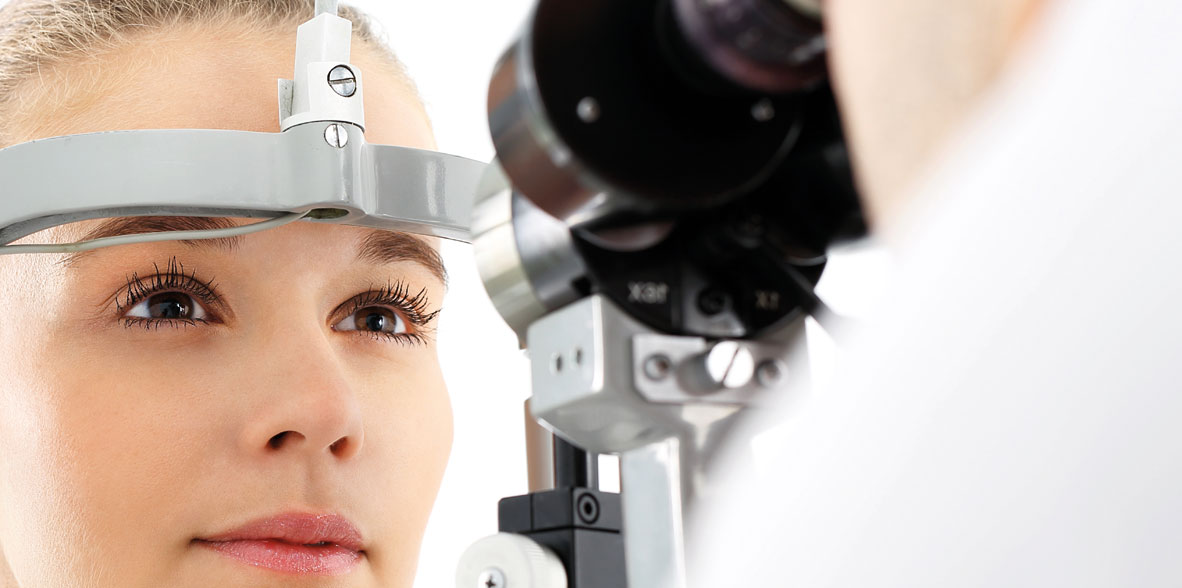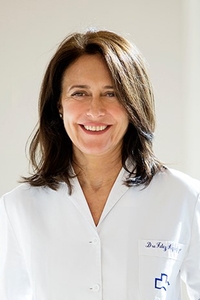

 Centro Médico Teknonen/health-centers/centro-medico-teknon
Centro Médico Teknonen/health-centers/centro-medico-teknon- Centro Médico Teknonen/health-centers/centro-medico-teknon
 Centro Médico Teknonen/health-centers/centro-medico-teknon
Centro Médico Teknonen/health-centers/centro-medico-teknon
- When should we take a child to the ophthalmologist?
The most normal reasons to do so are if:
- The child sits too close to the screen when watching TV or holds the paper too close when reading or writing,
- Blink frequently or always the same eye winks
- The child squints his/her eyes to see
- Twist the head when he wants to stare
- The child experiences headaches
- Note difference in the vision of an eye compared to the other
- The child's eyes are often red
- Presents styes frequently and peeling of the lashline
- The child's eyes are misaligned (Strabismus)
- If any members in the family have a history of eye problems
- The child's pupils are white
- The child encounters difficulties reading and writing
- What is school vision?
The visual development of a child just about reaches its peak between the ages of six and seven years, though it may be quicker in some children or slower in others. The fact that they are starting school thus poses a number of important questions:
- Is the child ready -in terms of their vision- to be learning how to read and write?
- What are the minimal requirements a child must meet to avoid facing problems with sight throughout their education?
- For what symptoms of forthcoming problems should we be on the look-out?
People are becoming more and more aware of the importance of sound visual accuracy. To see the words on the blackboard is essential, but it does not end there, because the child will spend many hours reading, writing, drawing…in short, to call upon their near sight in activities.
We can confidently declare that, without accounting for physical education and recreation, 80% of a child's time in school is spent using their near sight.
The traditional tests which allow parents to be told "your child has good eyesight, displaying 100% long vision" assess nothing more than one of the numerous skills required for a child to read. Why? What good is excellent long vision to a child if they cannot sustain a gaze of 30-40 cm ahead of them, or read for no longer than 10 minutes at a time?
- Eyesight problems children may suffer and how to solve them
The table below displays some of the most typical symptoms and features of different eye problems which may be bother a child, as well as possible solutions for them.
PROBLEM FEATURES/ SYMPTOMS SOLUTION Rrfeactive defect (Myopia, hyperopia, astigmatism)
The child winks.
The child complains they cannot see what is written on the blackboard.
The child sits or stands very close to the TV screen.
The child refrains from activities in which they cannot see things well from a distance.
Headaches.
Red eyes.
Stinging sensations in the child's eyes.Glasses.
Contact lenses.Strabismus
An eye rolls inwards or outwards.
It is asymptomaticSurgery.
Orthoptic treatment (Only if the deviation of the eye is at a small angle)Amblyopia (Lazy eye)
Vision in one or both eyes is much less sharper than the average person, even with the best optical treatment.
Orthoptic Treatment
Non-strabismic binocular
Headaches.
Red Eyes.
Stinging sensation in the eyes.
Weepy eyes.
Lack of concentration.
Occasional double vision.
The child covers one eye while reading.
The child avoids activities in which the problem emerges such as reading and studying
Orthoptic Treatment
Prisms in the glasses, (Temporarily, just to eliminate the symptoms)Accommodative (focus system)
Headaches.
Red Eyes.
Stinging sensation in the eyes.
Weepy eyes.
Lack of concentration.
Intermittently blurred vision.
Evasion of tasks involving looking at things close up.Glasses for close-range vision.
Orthoptic treatment
Visual perception
Sub-standard spelling or handwriting.
Confusion of letters.
Failure to understand new concepts introduced into the class.
Poor visual memory.
Drawings of a lesser quality for a child their age.Orthoptic treatment
Oculomotor disorders
Slow reader. Vague comprehension of written text. The child follows the words with their finger to keep track of the lines.
Orthoptic treatment



































